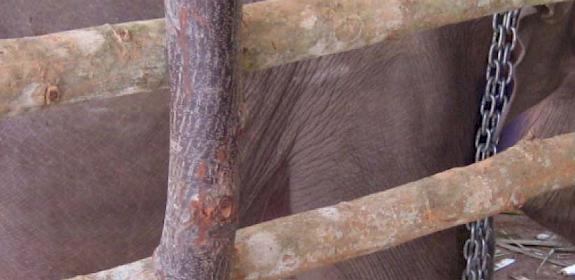Notes:
1 World Wildlife Day is celebrated every year on 3rd March and this year it aims to celebrate the special place of wild plants and animals in their many varied and beautiful forms as a component of the world’s biological diversity.
2 Traditionally regarded as a single species, new genetic research published last week by Hu et al. supports the previously proposed separation of Red Panda Ailurus fulgens into two species: the Himalayan Red Panda (A. fulgens) and the Chinese Red Panda (A. styani).
Hu, Y., Thapa, A., Fan, H., Ma, T., Wu, Q., Ma, S., Zhang, D., Wang, B., Li, M., Yan, L. and Wei, F. (2020). Genomic evidence for two phylogenetic species and long-term population bottlenecks in red pandas. DOI 10.1126/sciadv.aax5751. Science Advances 6(9).
3 There are only 14,500–15,000 Red Pandas left in the wild and the species is listed as “Endangered” on the IUCN Red List of Threatened species. International trade is strictly regulated through its listing in Appendix I of the Convention on International Trade in Endangered Species of Wild Fauna and Flora (CITES), while in India, the species is protected under Schedule I of the Wildlife (Protection) Act, 1972.




